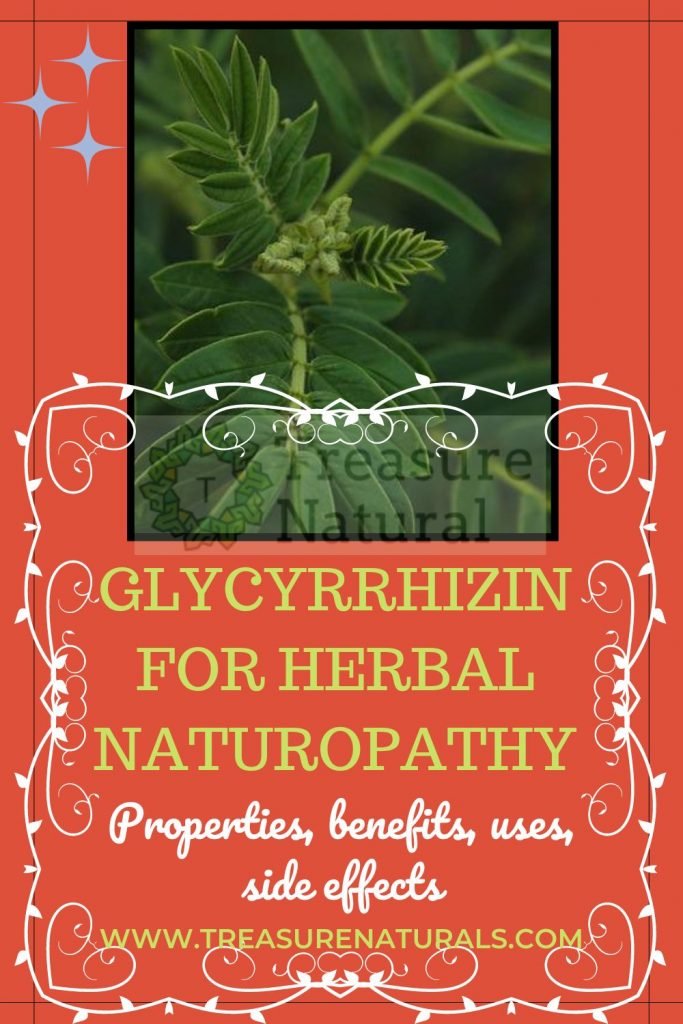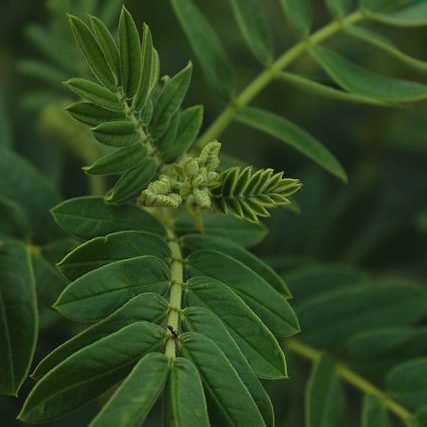
Glycyrrhizin is an active ingredient extracted from licorice useful for pressure control and against ulcers and gastritis. Let’s find out better.
What is Glycyrrhizin
Glycyrrhizin (also known as glycyrrhizic or glycyrrhizinic acid) is a triterpene glucoside and the most important active ingredient extracted from licorice root. Thanks to its presence, licorice, a plant useful for pressure, has anti-inflammatory, anti-ulcer and anti-gastric properties.
Once it reaches the stomach, in fact, the glycyrrhizin is hydrolyzed by a glucuronidase into two molecules of glucuronic acid and one of glycyrrhetic acid; here, in the stomach, glycyrrhizin, or rather the active metabolite, glycyrrhetic acid, performs an effective action against gastritis and ulcers, as well as protecting the gastric mucosa.
Where is glycyrrhizin found
Glycyrrhizin is extracted from the licorice root, where it is present in concentrations ranging from 2 to 4%.
Licorice, whose scientific name is Glycyrrizha glabra L., is a perennial plant with horizontal underground stems (called stolons). The drug (that is the part of the plant containing the active principle) is represented by these stolons, which are harvested in autumn.
Licorice has been used in medicine since ancient times. It is one of the most widely used drugs in traditional Chinese medicine and remains of the plant were also found in the tombs of the pharaohs. Doctors of ancient Rome and Greece prescribed it to treat coughs, ulcers, malaria, abdominal pain, renal and hepatic colic, heartburn.
Properties of licorice
Licorice shows many activities, in particular: anti-inflammatory; anti-ulcer; antigastric; antiallergic; mineralocorticoid (with consequent saline imbalance) and hypertensive.
The anti-ulcer and anti-gastric action is mainly linked to glycyrrhetic acid, but also to the flavonoids contained in the plant. The molecule promotes an increase in the secretion of the mucous cells of the stomach wall and acts directly on the inflammation of the ulcerated walls of the mucosa causing a rapid improvement.
Experiments have shown that taking licorice together with aspirin reduces the incidence of gastric ulcer by the latter and, in addition, reduces the release of hydrochloric acid from the mucosa.
There are numerous clinical experiments in which the use of licorice extracts has been used and the results are remarkable.
The maximum recommended dosage is approximately 600-900 mg of glycyrrhizin for a maximum period of 3-4 weeks. In any case, the periods of taking licorice, whether as a dry extract or as a decoction or even as candy, cannot be continuous and protracted for a period exceeding a couple of months, due to the occurrence of the side effects induced by the plant.
The best dose to administer is very variable also according to the peculiar characteristics of each individual.
Contraindications of glycyrrhizin

The use of licorice root extracts is not recommended in cases of liver disorders, cirrhosis, pregnancy, breastfeeding and in pediatrics. Furthermore, its use is not recommended in case of hypertension, reduced cardiac and / or renal function, hypokalaemia, hypertensive heart disease.
The anti-inflammatory activity of licorice is linked to the inhibition of the catabolism (elimination) of cortisol produced by the adrenal cortex.
This action determines in the kidney an increase in mineralocorticoid activity; these hormones intervene in the regulation of the hydrosaline exchange favoring the retention of sodium, chlorine and water and the loss of potassium. The resulting effects can lead to hypertension, hypokalaemia and water retention.






